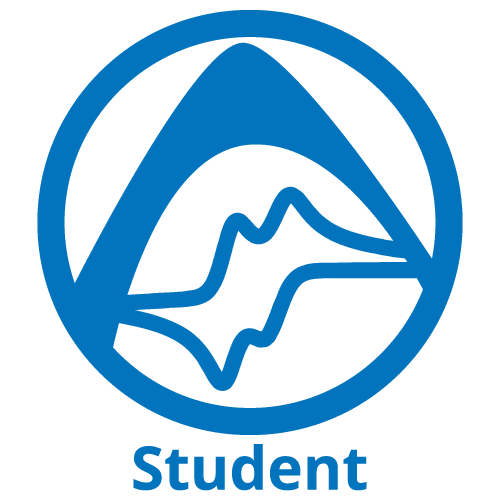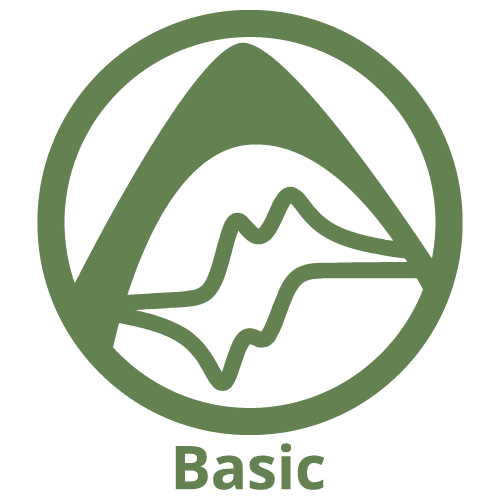AfterMath Live Features Comparison
On this page, we offer a features comparison of AfterMath Live. Each license offers a unique AfterMath Live Features, so choose the most fitting option for your learning, teaching, and research applications!
 |
 |
 |
|
|---|---|---|---|
| Core Features | |||
| Online Access | |||
|
User-Defined Mechanisms
User-Defined Mechanisms allow users to create their own reaction Mechanism
from scratch (blank template). Users add their desired number of reactions
(electrochemical and chemical) manually with a button click.
|
|||
|
First Order Chemical Reactions
First Order Chemical Reactions are those where the rate forward
and reverse rate are dependent only on one species, such as:
$A\rightleftharpoons B$
|
|||
| Animated Simulations | |||
|
Export to Text
Aftermath Online provides a simple export process. You can either
copy your data in AfterMath Online to the website clipboard and then
paste the data into a spreadsheet, or, you can formally export archive
data into a text file for quick and easy use in your favorite
plotting software.
|
|||
|
Import from Text
Aftermath Online allows users to import text data. Simply upload
the file to the Temporary Files folder, then use the built-in
import feature to select the file and associate units to each axis.
|
|||
|
Qualitative Fitting
Qualitative Fitting is a feature that allows users to upload
real electrochemical data and set it as the background trace
on the plot. Then, when adding a simulation to the same plot,
users can qualitatively iterate through parameters to get a
visual fit of simulation data compared to the real data in
the background.
|
|||
| Advanced Features | |||
|
Maximum Number of Reactions
Within each mechanism, users can add individual reactions (electrochemical or
chemical) up to the specified limit.
|
4 | 9 | 11 |
|
Pre-Defined Mechanism Templates
Pre-Defined Mechanism Templates provide a quick starting point for simulation.
These templates include common reaction mechanisms such as EC, CE, ECE, EC’, EEE,
and more. Users can select one of these templates and AfterMath builds the reaction
mechanism quickly. Users can then further modify them once added.
|
|||
|
Second Order Chemical Reactions
Second Order Chemical Reactions are those where the rate forward
and/or the reverse rate are dependent on two species, such as: $A+B\rightleftharpoons C+D$
|
|||
|
iR Compensation
iR Compensation is an advanced feature that allows users to
add resistance to their simulation, which in a real experiment
serves to offset cell resistance, but in simulation can help
match real data with a simulation result.
|
|||
|
Double Layer Capacitance
Double Layer Capacitance is an advanced feature that allows uers
to add capacitance to their simulation, which in a real experiment
can be observed as a function of electrode materials or chemistry,
but in simulation can help match real data with a simulation result.
|
|||
| Experiment Types | |||
| Cyclic Voltammetry | |||
| Bulk Electrolysis | |||
| Access and Subscriptions | |||
| Month License | |||
| Semester License | |||
| Monthly Subscription | |||
| Yearly Subscription | |||
Have any questions about AfterMath Live features comparison? Feel free to contact us with any questions and we will help you find the best license option for your application. Be sure to check out the Sim Library, which is an excellent complement to teaching and learning electrochemistry through simulation. If you are using Bard, Faulkner, and White’s Electrochemical Methods text, we have many of the simulations from that text available for use in the Sim Library! Ready to start simulating today?